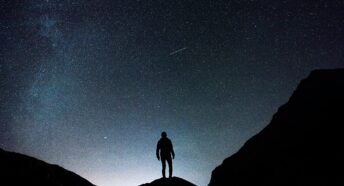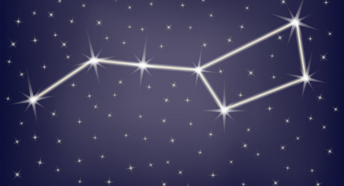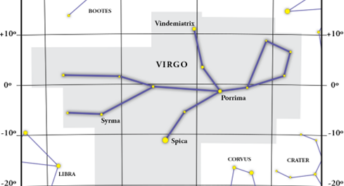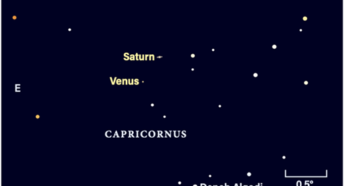Dark Skies Late March and through April 2023
February and early March had some great opportunities for sky watching but unfortunately for me cloud cover impacted on Comet sightings and asteroids!
Let’s start with Mid March.
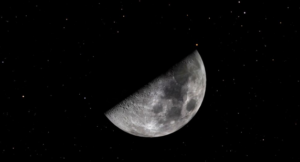
Wednesday, March 15 – Third Quarter Moon at 02.00ish
The week of dark, moonless evening skies that follow this phase will be ideal for observing deep sky targets in binoculars and telescopes, especially spring galaxies.
Saturday night spectacular, March 18 – The Orion Nebula (evening)
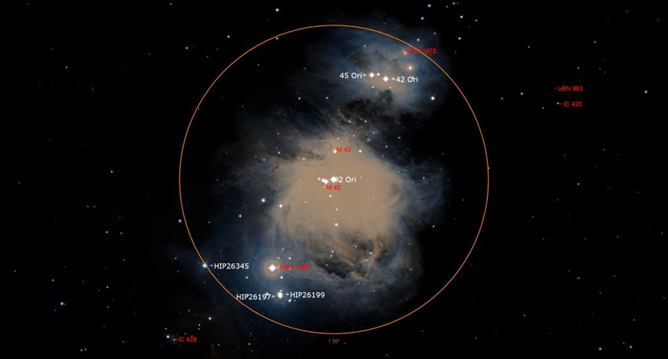
The bright stars of mighty Orion, the Hunter, shine in the southwestern sky on mid-March evenings. The sword of Orion, about the end of your thumb held up at arm’s descends from Orion’s three-starred belt. The patch of light in the middle of the sword is the spectacular and bright nebula known as the Orion Nebula or Messier 42 and NGC 1976. While simple binoculars will reveal the fuzzy nature of this object, medium-to-large aperture telescopes will show a complex pattern of veil-like gas and dark dust lanes and the Trapezium Cluster, a tight clump of young stars that formed inside the nebula. The nebula and the stars forming within it are approximately 1,350 light-years from the sun.
Monday, March 20 – March Equinox (at 21:24 GMT)
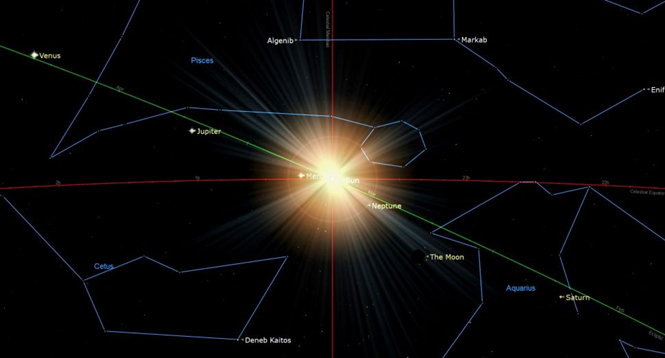
On Monday, March 20 at 21:24 GMT the sun will cross the celestial equator traveling north, marking the vernal equinox in the northern hemisphere and the beginning of northern spring. Days and nights will be of equal length on that day, and the sun will rise due east and set due west. At mid-northern latitudes on the March equinox, the amount of daylight added to each day reaches its maximum of 3 minutes.
Lyrid Meteor Shower
The Lyrids are typically an average meteor shower, but can produce upwards of 100 meteor per hour during peak years and are known for leaving lingering trails of dust. Peak years are often difficult to predict, but it still may be worth watching for a few hours if the weather and clouds cooperates. An average Lyrid shower will produce around 20 meteors per hour during the peak under optimal viewing conditions away from light pollution. This year’s shower will be hampered a bit by the waxing moon, leaving all but the brightest meteors hidden while it’s above the horizon. The good news is that during its peak, the moon will still be setting 1-3 hours before the sun rises, leaving a short window to try to catch the Lyrids at their best. Try to watch after the moon sets during the mornings of the 20th through the 22nd. You’ll have more time between moonset and sunrise on the 20th. As with all meteor showers, try to watch in a location far away from city lights after midnight. Don’t focus on one point in the sky, instead try to look broadly at as much sky as possible. Lawn chairs or loungers and blankets and hot coffee will help to make things more comfortable.
April 26th/27th – Full Moon & Supermoon
Not that the moon isn’t always super, but April’s full moon will really be super when it’s full! What does that mean? The moon’s distance to the Earth varies in its orbit, just as Earth’s distance to the sun varies depending on its orbital position. A supermoon occurs when the moon is close to the point in its orbit when its closest to the Earth (perigee) while being full. This leaves us Earthlings with a moon that appears bigger and brighter than average. The April full moon is also known as the pink moon, the sprouting grass moon, the fish moon, and the egg moon!
Following up on an article in the Sky at Night Magazine I have been experimenting with free night sky apps. Have you tried any to help your observations? Any one who has it would be interesting tom hear your views and if you haven’t give them a try!




